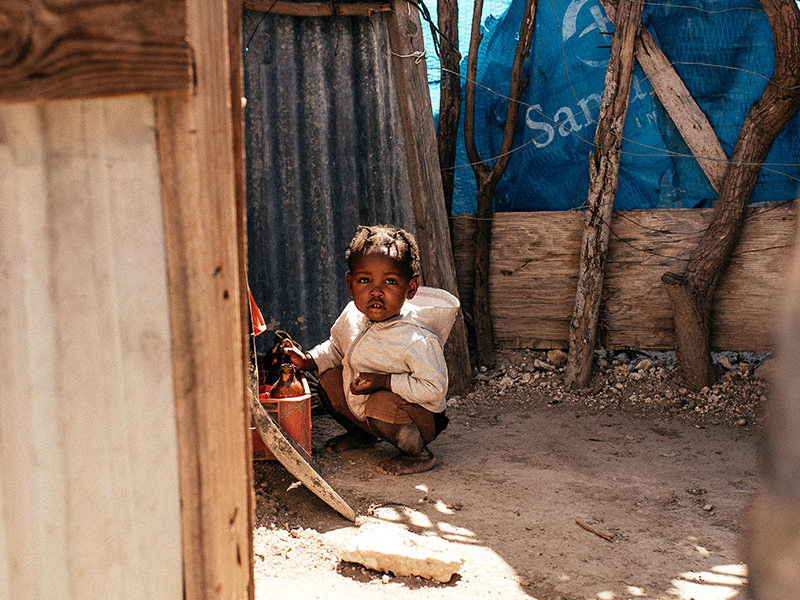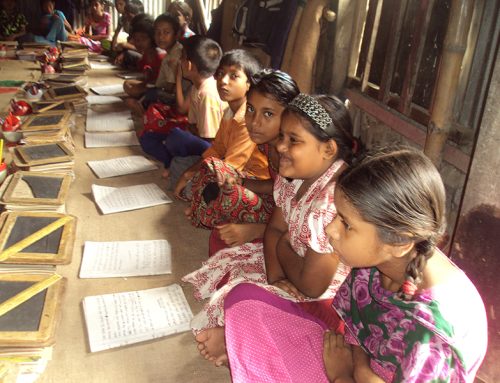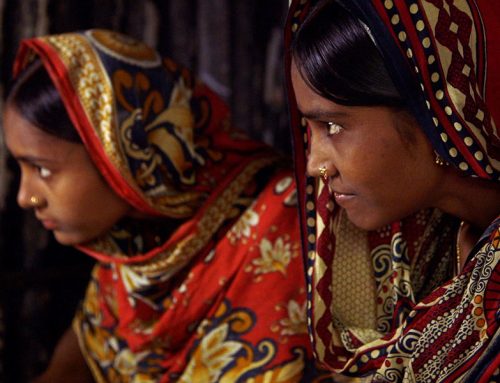FOOD SECURITY
In a nation where a staggering number of children under age 5 are malnourished, Green Touch’s work in food and nutrition promotes household food production, improves access to and the quality of basic health and nutrition services and improves families’ resilience to sudden changes in their ability to improved livelihoods.
Some significant activities Green Touch is doing in this area are :
- Arranging food programs in the poor villages
- Identifying poor families and provide support to them
- Train people how to use natural resources to fulfill their needs by doing home gown crops and vegetables

Our Recent Activities
In a nation where a staggering number of children under age 5 are malnourished, Green Touch’s work in food and nutrition promotes household food production, improves access to and the quality of basic health and nutrition services and improves families’ resilience to sudden changes in their ability to improved livelihoods.
We Belive In Change
Green Touch has started working in New York as well as in Bangladesh. Today, our program help improve the lives and well-being of millions of the country poorest and least-served children and families. Our work in health, education, food security and disaster preparedness, our ability to reach children and families in the
communities and our partnerships with dozen of government agencies, community groups and nongovernmental organizations to being programs to scale has made the Green Touch one of the premiere child assistance organization in Bangladesh. Challenges for Children: Over 40 million people in Bangladesh live below the poverty line. Most of these families do not own land, but live and farm in flood-prone areas. They face yearly natural disasters, inefficient agricultural technologies, limited employment, low wages, low education, a polluted environment and poor access to health services. Children’s malnutrition is widespread - some 50 percent of children under age 5 are malnourished. While significant strides have been in school enrolment, primary school completion rates, particularly among girls, remain very low, at less than 40 percent. Numbers at a Glance:




